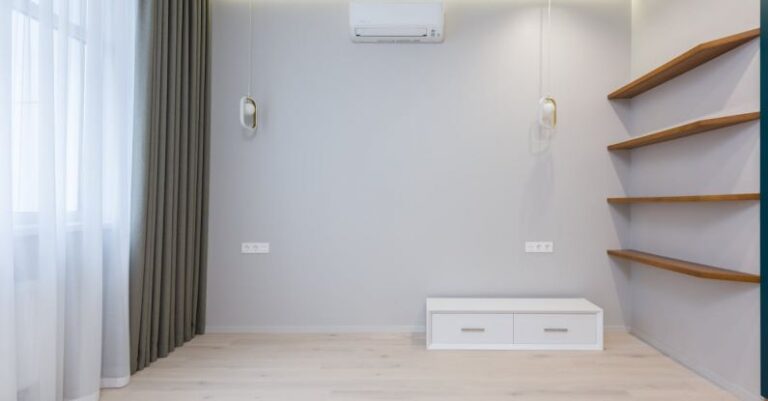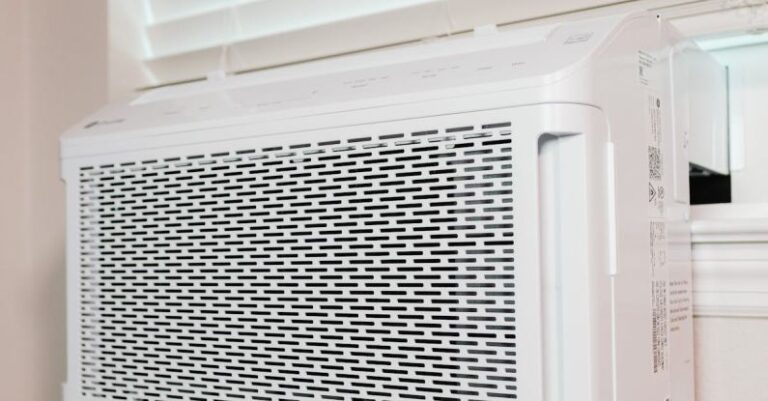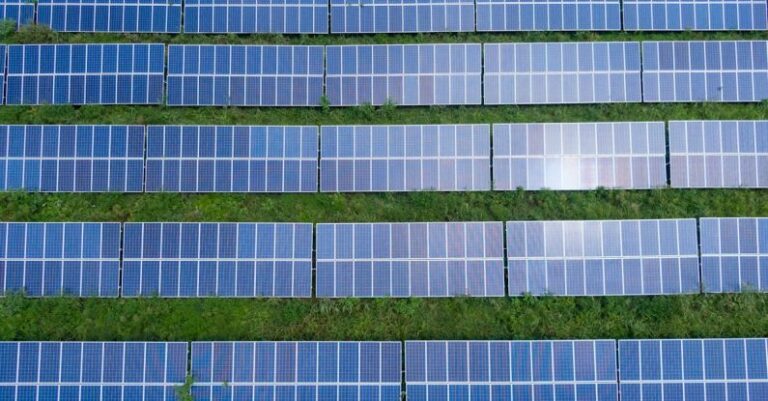
As the world continues to grapple with the effects of climate change, the need for energy-efficient cooling technologies has never been more crucial. From reducing electricity consumption to minimizing greenhouse gas emissions, innovative cooling solutions are playing a pivotal role in creating a sustainable future. In this article, we will explore the latest technologies in energy-efficient cooling that are revolutionizing the way we keep our spaces comfortable while minimizing our environmental impact.
Evaporative Cooling Systems
Evaporative cooling systems have gained popularity in recent years due to their energy-efficient and environmentally friendly design. These systems work by using the evaporation of water to cool the air, making them a cost-effective alternative to traditional air conditioning units. By harnessing the natural process of evaporation, evaporative coolers can significantly reduce energy consumption while providing effective cooling in both residential and commercial settings.
Smart Thermostats and Controls
Smart thermostats and controls are another cutting-edge technology that is transforming the way we manage cooling systems. These devices utilize advanced algorithms and sensors to optimize energy usage based on occupancy patterns, external weather conditions, and user preferences. By automatically adjusting temperature settings and airflow, smart thermostats can enhance comfort levels while minimizing energy waste. Additionally, remote access features allow users to monitor and control their cooling systems from anywhere, further improving efficiency.
Variable Refrigerant Flow (VRF) Systems
Variable refrigerant flow (VRF) systems are a versatile and energy-efficient cooling solution that is increasingly being adopted in commercial buildings and large residential complexes. Unlike traditional HVAC systems that operate at a fixed capacity, VRF systems adjust refrigerant flow to match the cooling demands of different zones within a building. This zoning capability not only enhances comfort by providing individualized temperature control but also reduces energy consumption by avoiding overheating or overcooling unoccupied areas.
Heat Pump Technology
Heat pump technology is a highly efficient cooling and heating solution that utilizes the transfer of thermal energy between indoor and outdoor environments. By extracting heat from the air, water, or ground and transferring it to the desired space, heat pumps can provide both cooling and heating functions with minimal electricity consumption. Furthermore, advancements in heat pump technology, such as dual-fuel systems and geothermal heat pumps, are further improving energy efficiency and reducing environmental impact.
Thermal Energy Storage
Thermal energy storage systems are a groundbreaking technology that allows excess energy to be stored during off-peak hours and used during peak demand periods. By storing thermal energy in a medium such as ice or phase-change materials, cooling systems can operate more efficiently and reduce reliance on the grid during high-demand periods. Thermal energy storage not only helps to manage electricity costs but also plays a vital role in balancing energy supply and demand, ultimately contributing to a more sustainable energy infrastructure.
Solar-Powered Cooling Systems
Solar-powered cooling systems are an environmentally friendly alternative to traditional cooling technologies that rely on grid electricity. By harnessing the power of the sun through photovoltaic panels, solar-powered cooling systems can generate electricity to operate cooling equipment such as fans, pumps, and compressors. In addition to reducing electricity costs and carbon emissions, solar-powered cooling systems offer a sustainable solution for off-grid or remote locations where access to conventional power sources may be limited.
Innovative Materials and Design Strategies
Advancements in materials science and design strategies are also driving innovation in energy-efficient cooling technologies. From high-performance insulation materials to passive cooling techniques that maximize natural ventilation and shading, architects and engineers are exploring new ways to reduce energy consumption in building cooling systems. Additionally, the integration of green roofs, cool roofs, and reflective surfaces can help mitigate heat gain and improve thermal comfort, further enhancing the overall energy efficiency of cooling systems.
In conclusion, the latest technologies in energy-efficient cooling are revolutionizing the way we approach climate control in our homes, offices, and public spaces. From evaporative cooling systems and smart thermostats to VRF systems and heat pump technology, these innovative solutions are not only reducing energy consumption but also mitigating the environmental impact of traditional cooling technologies. By embracing these cutting-edge technologies and design strategies, we can create a more sustainable future where comfort and efficiency go hand in hand.





